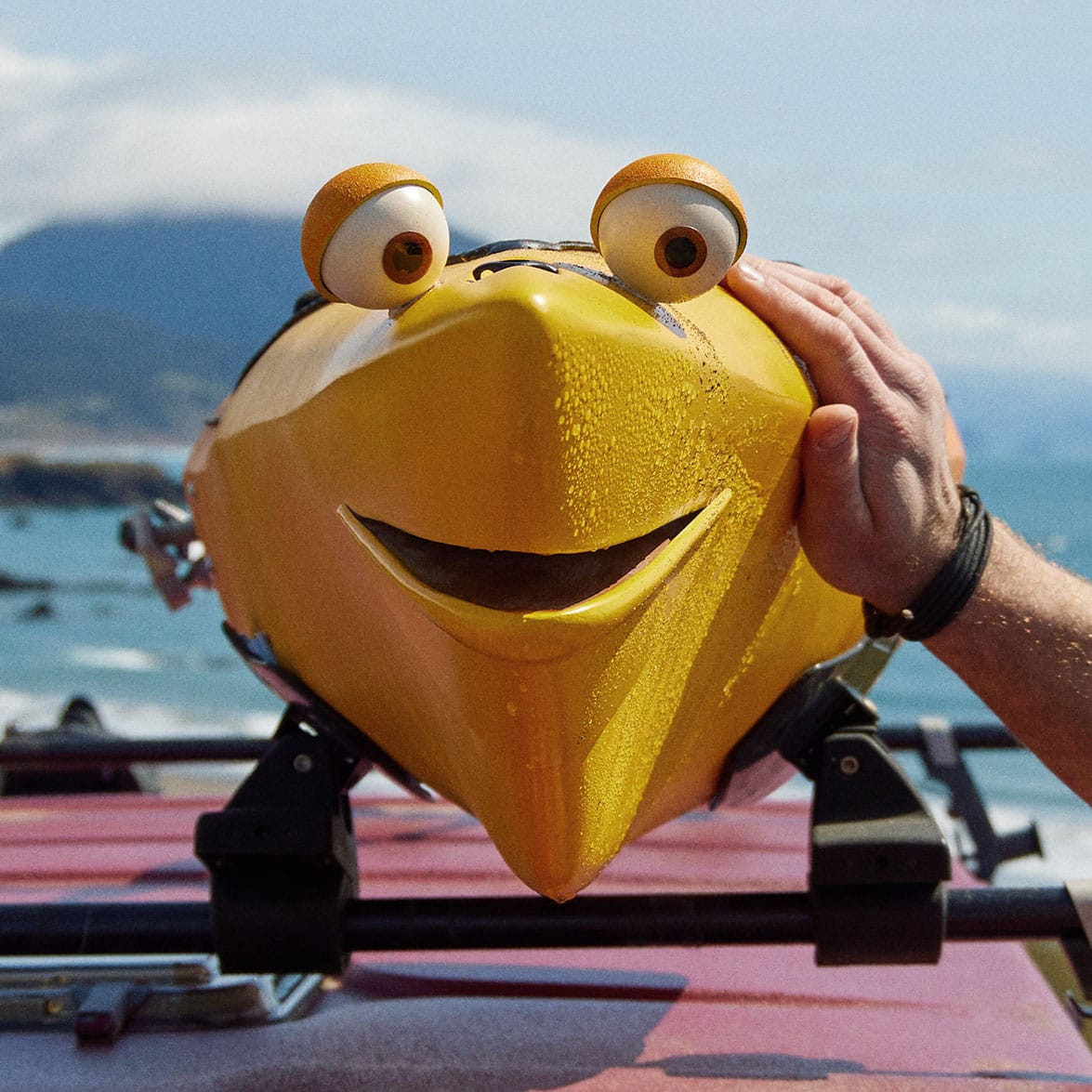I love the kind of travel that puts me in touch with adventure – especially when it promises to teach me more about Oregon’s past.
Some Oregon backroads reach into the distant past, but if you join the right people – the past comes to life!
Drive west from the town of Tillamook to reach Bay Ocean Road that skirts the southern end of Tillamook Bay. Soon, you’ll come face to face with the site of Bayocean Peninsula Recreation Area, a now-extinct community that was a developer’s dream turned homeowner’s nightmare.
Construction of the subdivision began in the early 1900s when it was coined “The Atlantic City of the West.” It boasted homes, cabins, restaurants, and stores, even a centerpiece hotel with an indoor swimming pool.
Harold Bennett and Perry Reeder were boys who still remember paved streets, sidewalks and store fronts. “At one of the stores there was a famous sign taped on the window,” said Bennett. ‘Watch Bayocean Grow’ and it was there until the time that they burned and bulldozed the building down.”
Reeder said the trouble was that this sprawling concept was “it was built upon sand. And sand is vulnerable to wind and tides. To put it simply: sand moves!”
That’s what happened after Tillamook Bay’s North Jetty was completed in 1917. The Bayocean Spit began to erode within three years following the jetty’s construction. Between 1932 and 1950, the ocean cut a mile-long swath across the spit and across the town site. Slowly at first and then with greater momentum, homes began to slip and slide into the deep blue sea.
Some homes were saved from ruin when they were moved. Like the one that is nicknamed the “Pagoda House” for its distinct style. “It was falling off a hill and they had to pull it through a sandy area with tractors until they could get it on a truck,” said Jerry Sutherlund.
Sutherland is a history buff who is fascinated by the Bayocean story. He devotes a blog to the saga and writes about the community regularly. He said five homes and the Bayocean School were moved to the nearby village of Cape Meares in the nick of time. The school was remodeled and now serves as the Cape Meares Community Center.
Perry and Harold hold on to their shared history and heritage by placing signs and markers across the spit to show where the roads ran and where the many stores and hotels stood.
Both are proud to have been a part of a community that was once a vacation destination and is still open for exploration – on foot or on a bike.
Today, Bayocean Spit is managed by the county as a park, and it is great fun to stroll its four mile length even though all signs of the former community are long gone.
